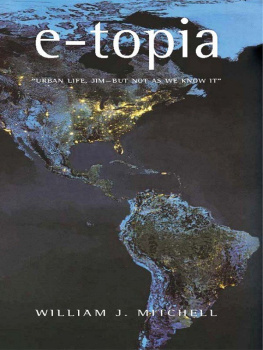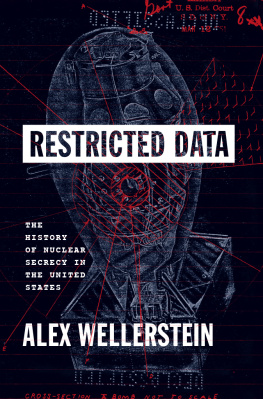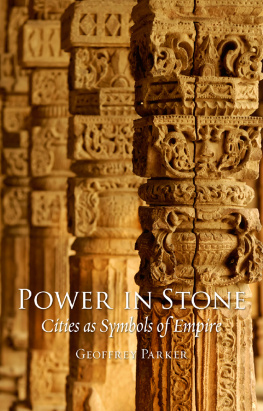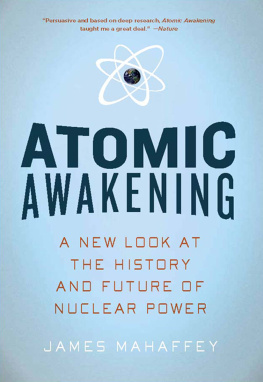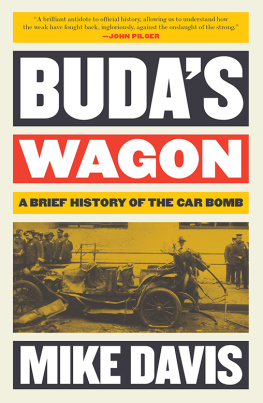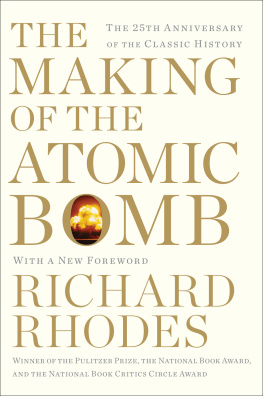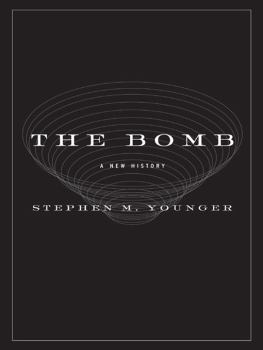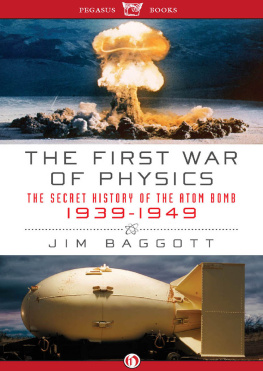Imperial San Francisco
CALIFORNIA STUDIES IN CRITICAL HUMAN GEOGRAPHY
Editorial Board:
Professor Michael Watts, University of California Berkeley
Professor Allan Pred, University of California Berkeley
Professor Richard Walker, University of California Berkeley
Professor Gillian Hart, University of California Berkeley
Professor AnnaLee Saxenian, University of California Berkeley
Professor Mary Beth Pudup, University of California Santa Cruz
1. Changing Fortunes: Biodiversity and Peasant Livelihood in the Peruvian Andes
by Karl S. Zimmerer
2. Making the Invisible Visible: A Multicultural Planning History
Edited by Leonie Sandercock
3. Imperial San Francisco: Urban Power, Elarthly Ruin
by Gray Brechin
4. Imposing Wilderness: Struggles over Livelihood and Nature Preservation in Africa
by Roderick P. Neumann
5. Shady Practices: Agroforestry and Gender Politics in The Gambia
by Richard A. Schroeder
6. On Holiday: A History of Vacationing
by Orvar Lfgren
7. Spaces of Hope
By David Harvey
8. Even in Sweden: Racisms, Racialized Spaces, and the Popular Geographical Imagination
by Allan Pred
9. American Empire: Roosevelts Geographer and the Prelude to Globalization
by Neil Smith
10. Disabling Globalization: Places of Power in Post-Apartheid South Africa
by Gillian Hart
11. Agrarian Dreams: The Paradox of Organic Farming in California
by Julie Guthman
Imperial
San Francisco

URBAN POWER, EARTHLY RUIN
With a New Preface
Gray Brechin

University of California Press, one of the most distinguished university presses in the United States, enriches lives around the world by advancing scholarship in the humanities, social sciences, and natural sciences. Its activities are supported by the UC Press Foundation and by philanthropic contributions from individuals and institutions. For more information, visit www.ucpress.edu .
University of California Press
Berkeley and Los Angeles, California
University of California Press, Ltd.
London, England
2006 by The Regents of the University of California
Library of Congress Cataloging-in-Publication Data
Brechin, Gray A.
Imperial San Francisco : urban power, earthly ruin : with a new preface /
Gray Brechin.
p. cm. (California studies in critical human geography ; 3)
Includes bibliographical references and index.
ISBN-13: 978-0-520-25008-6 (pbk. : alk. paper)
ISBN-10: 0-520-25008-7 (pbk. : alk. paper)
1. San Francisco Bay Area (Calif.)Biography. 2. San Francisco (Calif.)Biography. 3. Elite (Social sciences)CaliforniaSan Francisco Bay AreaHistory. 4. San Francisco Bay Area (Calif.)Environmental conditions. 5. Pacific AreaEnvironmental conditions. 6. NatureEffect of human beings onCaliforniaSan Francisco Bay AreaHistory. 7. NatureEffect of human beings onPacific AreaHistory. 8. Human ecologyCaliforniaSan Francisco Bay AreaHistory. 9. Land useCaliforniaSan Francisco Bay AreaHistory. I. Title. II. Series.
F869.S353A225 2006 |
979.46dc22 |
2006044495 |
Manufactured in the United States of America
15 14 13 12 11 10 09 08 07
10 9 8 7 6 5 4 3 2 1
This book is printed on Natures Book, which contains 50% post-consumer waste and meets the minimum requirements of ANSI/NISO Z39.48-1992 (R 1997) (Permanence of Paper).
This book is dedicated to
Judy Patt,
who enabled me to start it,
and to Harvey Molotch, Dick Walker,
and my mother,
the indomitable Gwendolyn

Maynard Dixon, San FranciscoMistress, Still, of the Pacific. San Francisco Chronicle, May 27, 1906. Courtesy San Francisco Academy of Comic Art.
San Francisco
Imperial Rome on Seven Hills
Sat, and her greatness from afar
Was seen by all the world.
But in her day the world itself
A single hemisphere barely encompassed.
Imperial San Francisco from her hundred hills
Looks out upon a field so vast
That all the glories of the day long gone
Are overcast,
And through her ever open gate
The nations of the earth their treasures bring.
Fair city of the West,
Translucent mirror of the Golden State,
Fit portal of an empire great and free,
We thee salute.
H. Robert Braden, Sunset, July 1899
Contents
Illustrations
FIGURES
MAPS
GRAPH
Acknowledgments
The idea for this book came to me in 1985 in Venice as I watched that city interact with sea, sky, and wind. Unlike those of most cities, the vital arteries of Venice are open and can be seen by all, along with the damage caused by long neglect and environmental blunders. Yet at the peak of its glory, the Queen of the Adriatic exerted its own far-reaching effect on the eastern Mediterranean. Its leaders, magnates, and architects built it at the expense of other lands and islands. In that respect, Venice is typical of all imperial cities, though its builders did far more with what they took from elsewhere to create one of humanitys loveliest and most ingenious works of art. This book is an attempt to answer the question I posed to myself then: Was it worth it?
In the course of writing Imperial San Francisco, I realized that I could complete the book only by returning to the university, which provided me with a breathing hole so largely absent in the commercial world of journalism and TV. I am most grateful to the Geography Department at U.C. Berkeley for its support and patience while I worked on the manuscript as a dissertation, and to the Art History Department for earlier teaching me to see. The help and encouragement of faculty at Berkeley and elsewhere has been invaluable, and I owe special thanks to Professors Michael Johns, Christine Rosen, and Richard Walker of my dissertation committee, and to Iain Boal, Jim Parsons, Bob Reed, Allan Pred, Loren Partridge, Mary Ryan, Bob and Carroll Brentano, Waldo Martin, Tom Leonard, Bill Domhoff, James Williams, Michael Black, Mary Thomas, Malcolm Margolin, Michael Corbett, Chuck Wollenberg, John Mason Hart, David Nasaw, Diane Favro, Diane North, Beatriz Manz, Harley Shaiken, Barton Bernstein, Noel Kirshenbaum, Tim Sturgeon, and, above all, to Richard Walker, who has been both friend and colleague as well as adviser.
I owe Dr. Kevin Starr special gratitude for his exemplary generosity and encouragement, as I do Elizabeth Knoll and Harvey Molotch, who cheered the project on from its roughest and most rambling drafts.
Thanks also for help from Bill Kostura, Walter Biller, Gary Goss, George Hilliard, and all other independent scholars who burrow through archives for the sheer love of it.
Contrary to what many believe, books such as this one are not written in ones spare time, so I am grateful for an early grant from the Foundation for Deep Ecology, to the U.C. Toxic Substance Teaching and Research Program and the Ocean and Coastal Policy Center at U.C. Santa Barbara, and for a Bancroft Fellowship, which enabled me to do core research. Also, special thanks to Tim and Jo Drescher for emergency aid, to my brother, Vern, and my father, Sid, who occasionally assisted with financial and technical aid when it was sorely needed, even when suspicious about what I was
Next page

